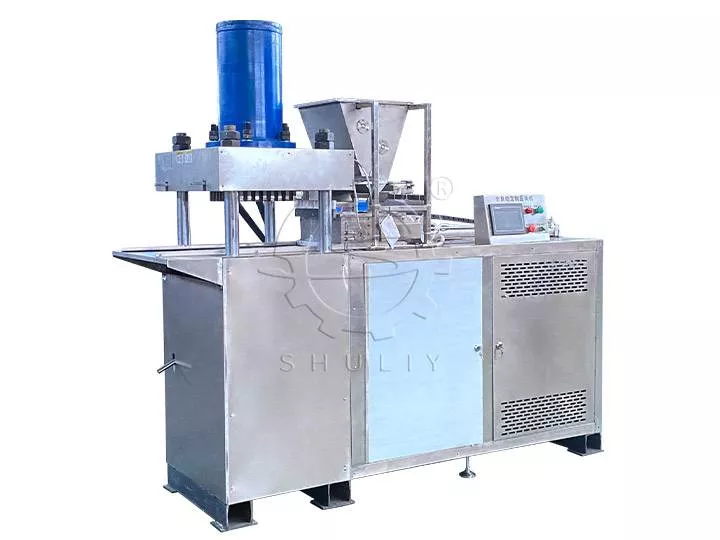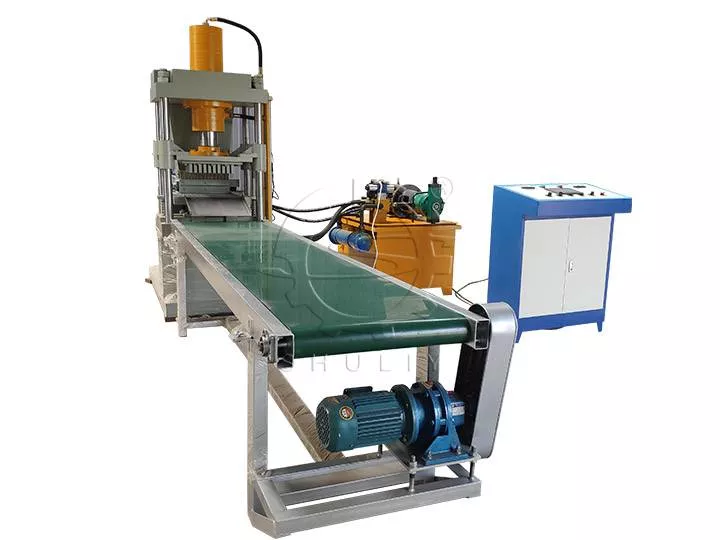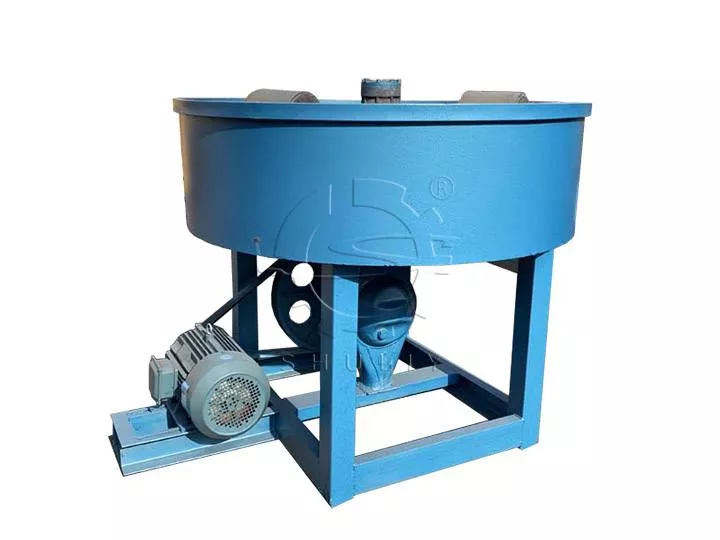如何制作稻壳炭? – 全面的生产解决方案
鉴于稻壳是丰富且廉价的原材料,生产稻壳木炭既是一项可持续且有利可图的事业。本指南全面概述了如何制作稻壳木炭,重点介绍了两种主要生产方法:将稻壳直接碳化成木炭和碳化后成型为煤球。

了解稻壳炭生产
稻壳炭取自稻种的外层,即稻壳。这种碾米的副产品富含纤维素和木质素,非常适合木炭生产。
该方法包括将稻壳加热至低于其燃点的温度,导致不完全燃烧并形成木炭。

稻壳直接炭化
制备及碳化
- 原料准备: 收集并清洁稻壳以除去任何杂质。确保外壳干燥以改善碳化过程。
- 碳化方法: 对于中小型生产,请使用立式或卧式碳化炉。对于更大容量,请选择连续碳化炉设备。 (相关帖子: 稻壳制炭连续式炭化炉>>)
- 优点: 与传统木炭窑相比,这种方法具有降低劳动强度、缩短碳化时间、无烟操作以及提高木炭产量等优点。
后处理
- 成型: 一旦碳化,稻壳木炭通常以粉末形式存在。然后在木炭成型机的帮助下将其成型为更大的煤球,使其更易于处理和使用。
- 应用: 稻壳木炭有多种用途,包括作为燃料来源、绝缘材料、炼钢助剂、肥料和土壤改良剂。
我们拥有不同类型的成型机,可以生产不同形状和尺寸的木炭煤球,以满足不同的需求。 (阅读更多: 不同类型的木炭成型机>>)

稻壳成型炭化
型煤生产
- 煤球机: 一个 木屑压球机 由于稻壳尺寸较小,其设计目的是将稻壳压缩成煤球而不压碎它们。
- 成型: 该机器可以生产不同形状的煤球,尽管它们通常形成为六角形或方形棱柱。
- 优点: 煤球的密度大于 1,这会导致更高的木炭产量,并生产出质量更高、灰分含量和水分更低的成品木炭。
碳化过程
- 炭化炉: 将稻壳压块放入炭化炉中,并遵循与直接稻壳炭化相同的炭化程序。
- 品质保证: 确保生产过程中不添加任何添加剂,以保持最终木炭的纯度和质量。

两种生产工艺的比较
直接炭化后成型可制成各种形状的木炭以满足不同的要求。然而,稻壳容量较低,导致每个炭化炉的填充量较小,产量降低。
先成型后碳化的木炭密度较高,灰分和水分含量较低,可生产出更多优质木炭。然而,成品的形状受到限制,仅限于六边形或四边形。
选择正确的生产工艺
使用哪种生产工艺的决定受到多种因素的影响,包括生产规模、所需的木炭质量以及特定形状的市场需求。这两种方法都提供了有效的转型途径 稻壳 转化为有价值的木炭。
请随时与我们联系,我们将协助您创造具有多种用途的有价值的产品!










